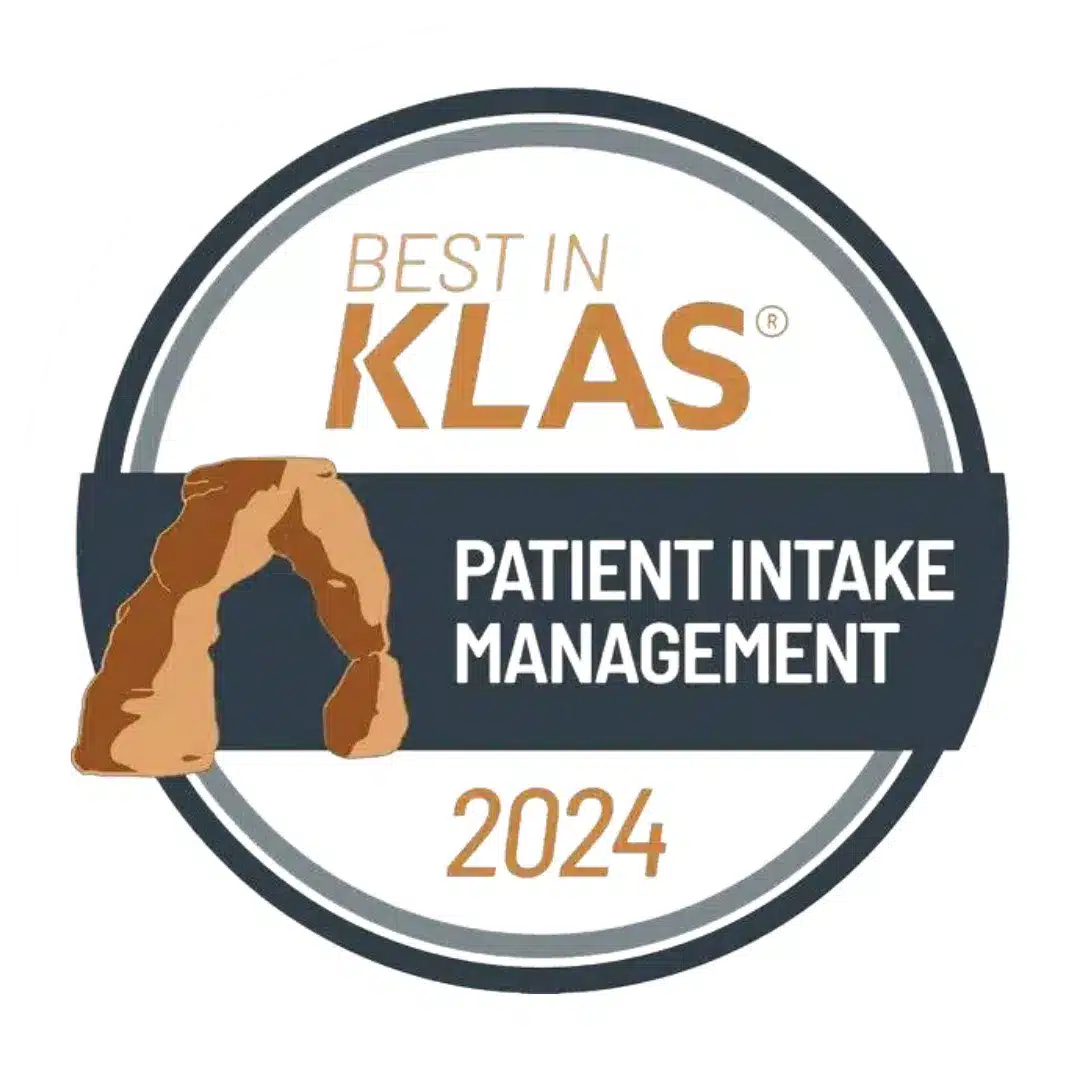
A Yosi Health Multi-Part Series
This is Part 2 of our new 8-part series that explores the ins-and-outs of identifying the best patient intake solutions for your healthcare practice. Not all patient intake solutions are created equal, which is why it’s important to know about different program features, functionalities, and what to look out for.
Part 2: How Life Science is Just a Fancy Term for “Display Ads for Patients” or If six months free seems too good to be true …it is

With the increasing ease of finding medical information online, patients have become more actively your patients to read about diagnoses and possible treatment options. They also allow patients to conduct preliminary research to identify an affliction whenever they experience new, unexplained symptoms.
In fact, almost 90 percent of patient healthcare research is now done online, a significant statistic that pharmaceutical advertisers have not ignored.
With millions of health related searches being conducted every day, pharmaceutical advertisers and marketers now have a ready audience of consumers who are either suffering from an illness, researching a set of symptoms, or planning a treatment course to whom they can peddle their wares. For these advertisers, every online search presents an opportunity to hawk their product or service as remedy or solution.
Pharmaceutical Advertisers and Marketers
This is both good and bad. It’s great that patients are becoming more engaged in managing their own health, but, without the guidance of a trained physician, these patients are also susceptible to believing an advertisement that may or may not benefit them.
An ad or advertorial content may follow that patient onto their social channels, appearing in a newsfeed or sidebar, hoping the patient will click-through and learn more. Again this is fine, but without the supervision of a physician, might lead patients to only be familiar with one option, when several might exist.
Add to this phenomenon the fact that many patient intake and similar applications have chosen to make more money by integrating their so-called “Life Science” features into their platforms. Sadly “life science” in this context are advertorials designed to ingratiate consumers with certain pharmaceutical brands, products, and services under the pretext of educating them.
As an example, a patient might make an appointment with a specialist to have their blood pressure checked. During their intake procedure, they might be shown content seemingly intent on educating them about blood pressure anomalies, but actually delivers a particular medicine or treatment advertisement.
Pharmaceutical Manufacturers
This is how it works. Pharmaceutical manufacturers look for ways to get doctors to prescribe their medications instead of their competitors. In fact, the Pharma companies keep very close tabs on which doctors are prescribing their specific products. They want doctors writing prescriptions for their products in an extremely competitive and lucrative market.
If the patient has any influence over their preferred medication, and they do, one of the best times to advertise is just before a patient goes to see their provider.
Imagine if the pharmaceutical companies knew the reason you were going to see your doctor ahead of time, plus your age, your gender, where you lived, etc. In a digital world, this could give them the opportunity to place a tailored pharmaceutical advertisement on your cell phone, tablet, or computer – just before you receive care. That’s exactly what some intake platforms are doing. They take the information the patient has just entered and query it against the paying pharmaceutical advertiser’s database that use their platform. They use the patient’s data to deliver the perfect advertisement to them just prior to their visit with your practice.
Pharma’s Role in Patient Intake Solutions
It goes without saying that the digital intake platforms that do this are making a significant amount of money off your patients’ data by selling it to pharmaceutical companies. It’s not uncommon that these pharma companies will coordinate campaigns with digital registration companies. As an example, to start, they will provide marketing lists of doctors, often specialty specific, to whom the patient registration companies should sell their platform. Once implemented, the participating Pharma’s are getting that patient data and are paying and vying for that opportunity to get their advertisement in front of your patients at the perfect time. If your patients are seeing pharma adds on your intake platform and you didn’t know how they were getting them, you might ask yourself why. All of this activity falls under the moniker of “Life Sciences” and “Educational Content”.
These pharma advertisers count on the patient’s digital engagement with the platform to fuel their ad campaigns and augment their databases. Similarly, ad tech companies use AI and big data to approach healthcare practitioners and entice them with their wares. This “life sciences” business is so lucrative and effective on influencing a patient’s preference for a particular drug that pharmaceutical companies pay a lot of money to platforms that will deliver their tailored adds to specific patients. This is why a patient registration company that offers” educational content” on their platform might, as an example, offer six months free in order to get a clinic to use them. In this scenario your patient’s data is a pharma marketing money pit.
Is this really the type of solicitation that should be integrated into an intake platform that’s designed to be a confidential conduit between patient and practice? Does the intrusion of third party vendors “cheapen” the patient/doctor relationship if their messages are everywhere the patient or healthcare provider turns? Will it cost you more in subscription fees to disengage with this activity on your current platform?
Yosi Health’s Intake Solutions
At Yosi, our pre-arrival focused, highly rated, digital patient scheduling, registration, payment, communication, and reputation management solution is designed exclusively for the healthcare centers and the patients they serve. It’s important that there is a comfortable level of trust and transparency in that relationship – a value that should be delivered by the platform that brings these two groups together.

It’s why the Yosi Health integrated solution has chosen not to accept pharmaceutical display ads or pay-for-click banners to clutter up the experience patients are seeking with their practice through our platform. Since our inception, it’s been an important differentiator that we think gives our suite of services a significant degree of integrity above the rest.
To find out more about our patient engagement platform and the values we embraced in developing it, please give us a call.




 NEW YORK, Jan. 24, 2022 – Yosi Health, a provider of digital patient scheduling, registration, payment, and communication cloud-based software solutions, announced today they have added Hants Williams, PhD, RN, a professor at the State University of New York (SUNY) at Stony Brook, to the company’s Advisory Board. Dr. Williams will serve as Senior Data Scientist with a focus on bolstering R&D initiatives for Yosi’s popular software suite of patient engagement services.
NEW YORK, Jan. 24, 2022 – Yosi Health, a provider of digital patient scheduling, registration, payment, and communication cloud-based software solutions, announced today they have added Hants Williams, PhD, RN, a professor at the State University of New York (SUNY) at Stony Brook, to the company’s Advisory Board. Dr. Williams will serve as Senior Data Scientist with a focus on bolstering R&D initiatives for Yosi’s popular software suite of patient engagement services.
